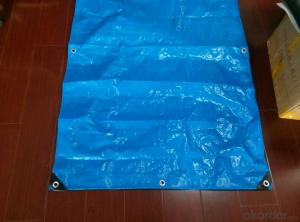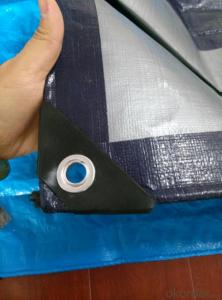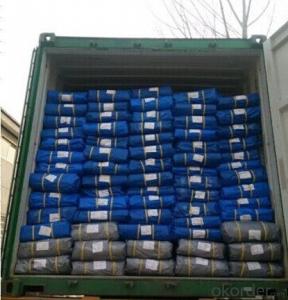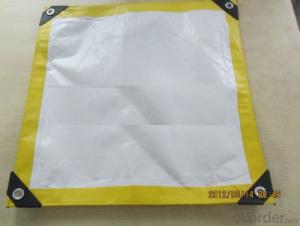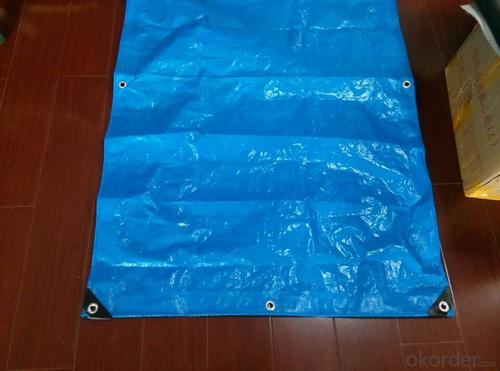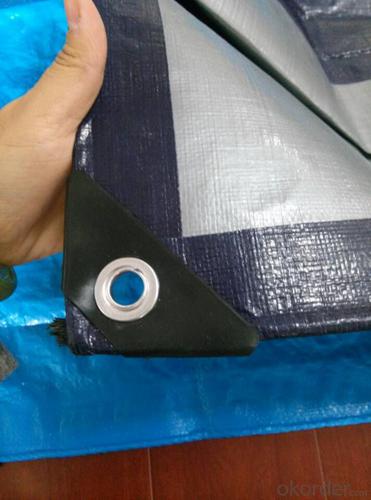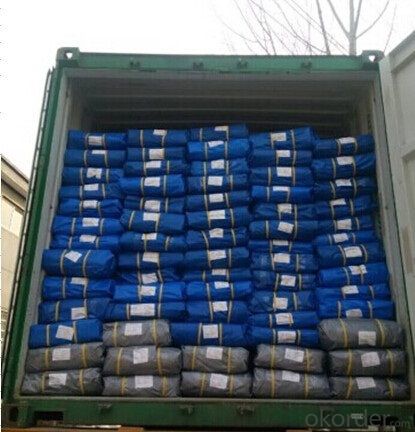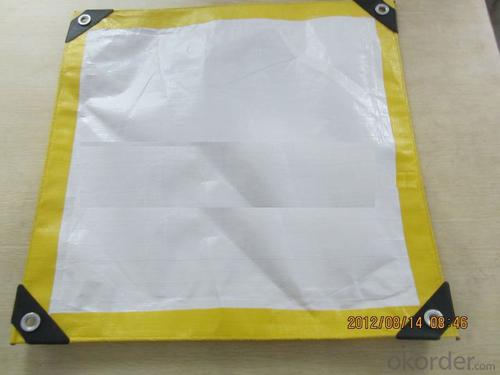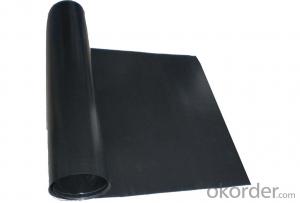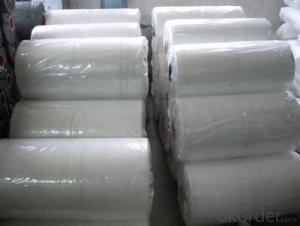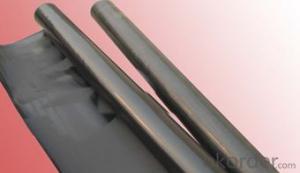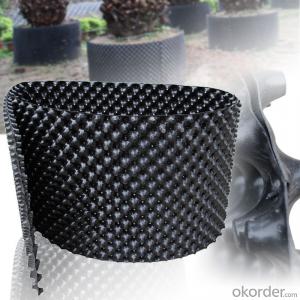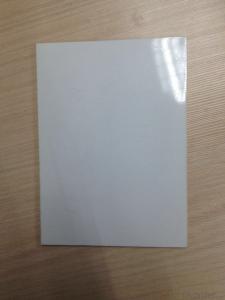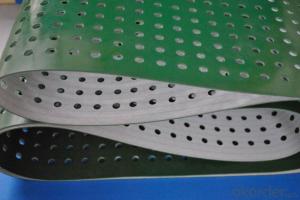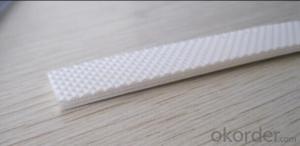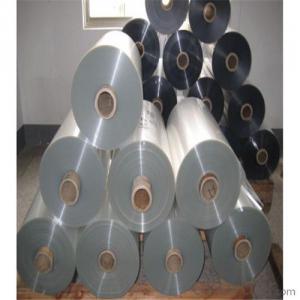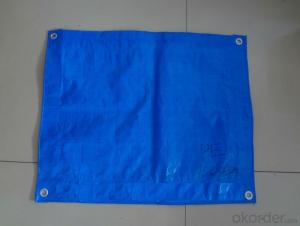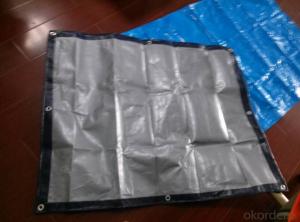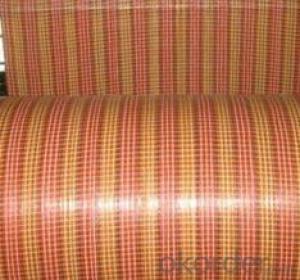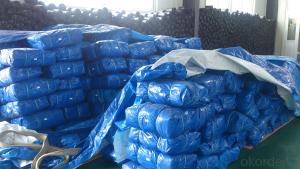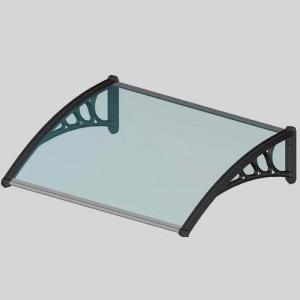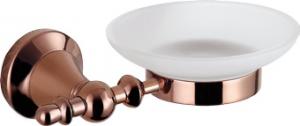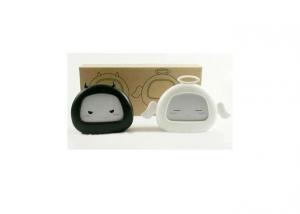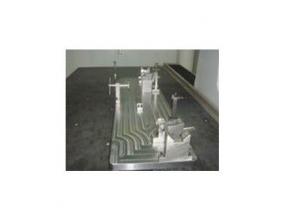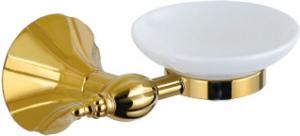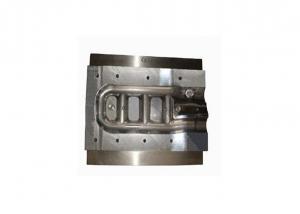100% PE Tarpaulin for Tent and Truck Cover
- Ref Price:
-

- Loading Port:
- Qingdao
- Payment Terms:
- TT OR LC
- Min Order Qty:
- 500 m.t.
- Supply Capability:
- 5000 m.t./month
Add to My Favorites
Follow us:
OKorder Service Pledge
Quality Product, Order Online Tracking, Timely Delivery
OKorder Financial Service
Credit Rating, Credit Services, Credit Purchasing
Quick Details
Material: 100% Polyester
Supply Type: Make-to-Order
Type: Tarpaulin
Pattern: Coated
Coated Type: HDPE Laminated
Style: Plain
Width: 70/75''
Technics: Woven
Feature: Blackout, Shrink-Resistant, Tear-Resistant, Waterproof, Anti-corrosion, Anti-aging
Use: Awning, Bag, Curtain, Industry, Military, Tent, Umbrella
Certification: Oeko-Tex Standard 100
Yarn Count: 800D
Weight: 80-260GSM
Density: 8*8,10*10,12*12
Model Number: Multiple
Material: PE
Width: 2-12m
Weight: 80-260GSM
Yarn Count: 850D
Colour: as required
Sizes: all kinds for choosing
Packaging & Delivery
| Packaging Details: | In bale, roll or carton |
|---|
| Delivery Detail: | Witnin 25 days after receiving desposit. |
|---|
Loading port: Qingdao
Delivery terms: FOB, CNF, CIF
Payment term: 30% TT in advance and balancebefore shipment.
Packing details: each piece pack into plastic bag with customizable lable, outside packing is roll or pe woven bag as customer request.
Loading container : 40ft container could load about 23 tons , 20ft container could load about 12 tons
- Q: How do olive nets prevent olives from being damaged by windblown debris?
- Olive nets prevent olives from being damaged by windblown debris by acting as a protective barrier, catching and stopping the debris from reaching the olives. The nets are tightly secured over the olive trees, creating a shield that prevents any potential damage caused by windblown debris such as twigs, branches, or other foreign objects.
- Q: Can olive nets be used on olive trees grown in hydroponic systems?
- Yes, olive nets can be used on olive trees grown in hydroponic systems. Olive nets are commonly used to protect the olives from birds and other animals. While hydroponic systems provide a different growing environment for olive trees, the use of nets for protection can still be applicable.
- Q: Do all plastics have plasticizers?
- Yes, so try to use fewer plastic products. Of course, the dosage is small and there is no need to panic
- Q: How does an olive net affect the time required for harvesting?
- An olive net significantly reduces the time required for harvesting by allowing the olives to fall directly onto the net, eliminating the need for manual picking.
- Q: Do olive nets prevent olives from being blown away by strong winds?
- Yes, olive nets help prevent olives from being blown away by strong winds.
- Q: Do plastic products contain toxic substances?
- Can not say both, more in favor of ystm's statement.Some plastic products are non-toxic, such as water cups, etc., but some plastic products are poisonous, for example, plastic bags will not be solved.Still have specific plastic concrete analysis, is.I work in Tai'an modern plastics Co., Ltd., mainly providing plastic geogrid and other materials
- Q: Can olive nets be used for other fruits or crops?
- Yes, olive nets can be used for other fruits or crops. Olive nets are specifically designed to protect olive trees from pests and collect the fallen fruit during harvesting. However, they can also be utilized to protect other fruit trees or crops from pests, birds, or other potential damages. The nets can be adapted and positioned to cover a variety of plants, offering an effective and sustainable solution for crop protection.
- Q: Can olive nets be used for olive trees in arid regions?
- Yes, olive nets can be used for olive trees in arid regions. Olive nets provide shade and protection from intense sunlight, helping to mitigate water loss through evaporation in arid conditions. They also prevent pests and birds from damaging the olives, ensuring a higher yield in these regions.
- Q: The working principle of plastic mould
- The structure is usually composed of molding parts, gating system, guiding parts, pushing out mechanism, temperature regulating system, exhaust system and supporting parts.
- Q: Can olive nets be used in both commercial and residential olive groves?
- Yes, olive nets can be used in both commercial and residential olive groves. Olive nets are versatile and can be used to protect the olive trees and catch the falling fruits during the harvesting season, regardless of the size or scale of the grove.
